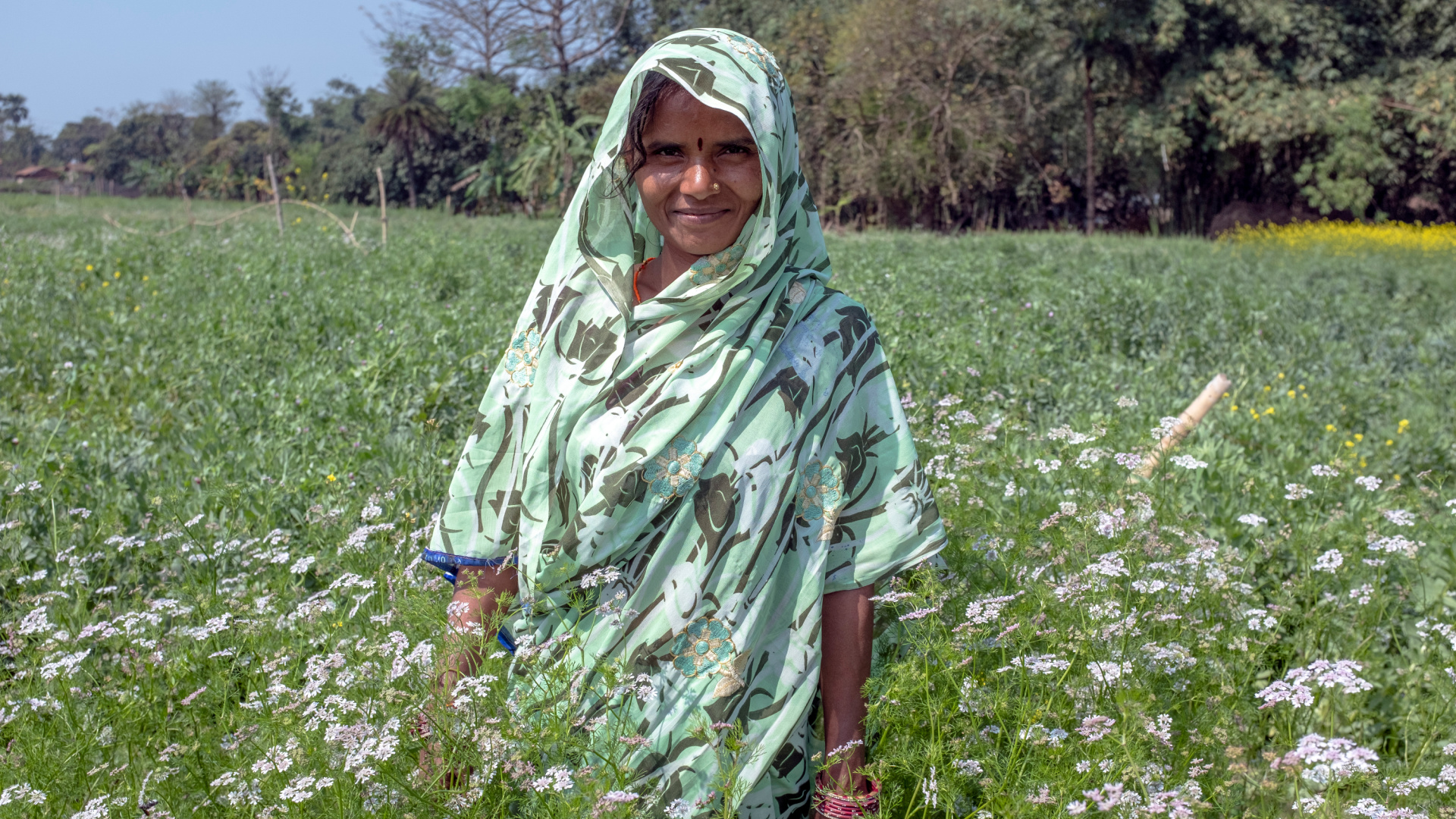Harnessing the Power of Music to Trigger Emotions and Inspire Behaviour Change
Accessible water isn’t always safe water, and this life-giving liquid can make us seriously ill if not treated properly. Every year, 6 million people die from sepsis1, which is a viral or bacterial infection that spreads into the bloodstream.
To stay safe, people need to handwash with water and soap at key moments and make sure the water is potable before consuming it—even if there’s only the slightest risk of contamination. A healthier world is only possible if people’s water needs are met.
We know that access to information and WASH services is not enough to get people adopting new behaviours. Each person must be convinced that they have an important role to play—and because people tend to forget and fall back into familiar patterns, they need frequent reminders to stay on track with the newer, healthier behaviours.
At the One Drop Foundation, we believe that art and the emotions it triggers in people and communities are key pieces of the sustainable change puzzle. With our A∙B∙C for SustainabilityTM model and Social Art for Behaviour ChangeTM approach, we help upskill communities and boost their autonomy, meaning One Drop’s contribution goes far beyond the scope of United Nations Sustainable Development Goal 6.
Mission behind the music
This music video was created in partnership with local communities and well-known Haitian singer-songwriter Wadner Peyizan in an effort to trigger emotions through music and keep people on track with healthy behaviours around safe water. The goal: to eliminate waterborne disease.
The creative process
Just like in every social art intervention that uses the One Drop Foundation’s Social Art for Behaviour Change approach, the first step in the creative process was to set up collaborative meetings for target demographics to share on the chosen themes. Equipped with this knowledge, Wadner Peyizan was able to write several songs—including the one featured here—that incorporate the themes and ideas that emerged in those meetings. He also got a production team together to create several videos for the album and the community played a key role in shooting it.
In addition to displaying these videos on screens in community health care centres, ten live outdoor shows were planned to get the message out to as many people as possible.
“Safe drinking water prevents waterborne disease.”
Source: Snippet from the “Dlo trete pou tout moun” video
Target demographics
The music video’s message is mainly targeted to health care facilities employees and the people living in the communes of Artibonite:
- Priority groups – health care workers (doctors, nurses, and support staff), caretakers, and general community-based health officers
- Secondary groups – health care centre patients
- Influencers – health care centre administrators and executives
1. WHO. Improving the prevention, diagnosis and clinical management of sepsis: report by the Secretariat.
Subscribing to the newsletter is a great way to stay up to date about our projects.
